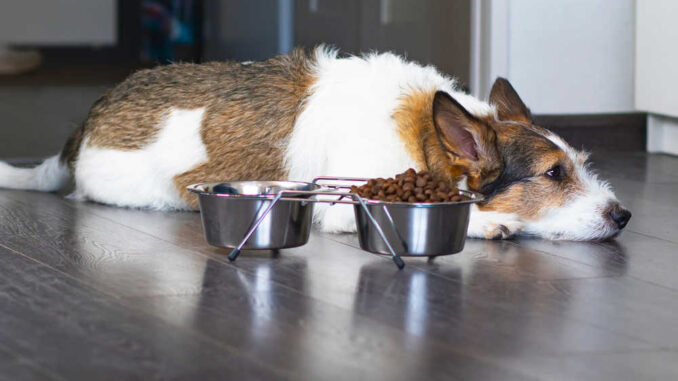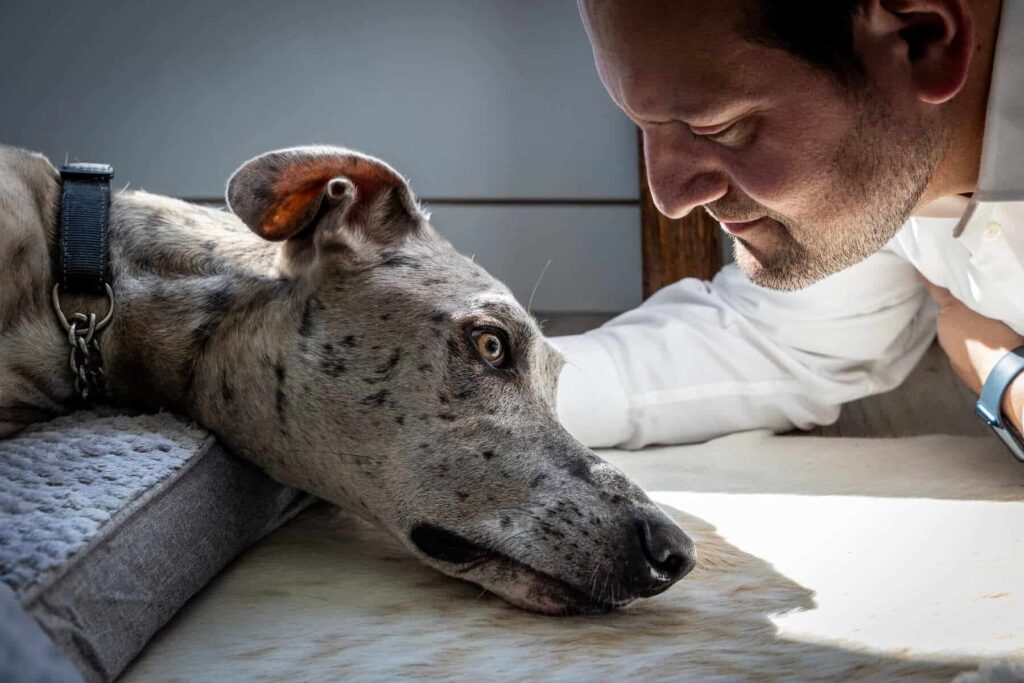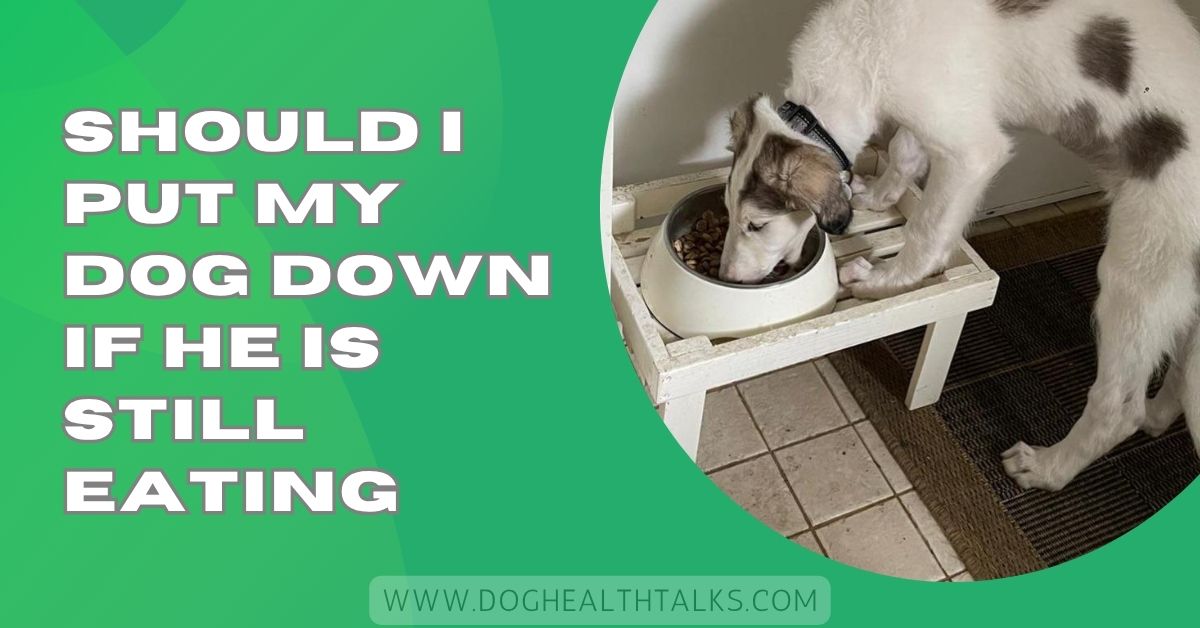Saying goodbye to a beloved dog is one of the hardest choices any pet parent will face. When your dog is still eating, it’s easy to believe they must be okay, but appetite alone doesn’t tell the whole story.
Even if your dog is still eating, severe pain, poor mobility, or loss of joy may mean it’s time to consider compassionate euthanasia with your vet’s guidance.
This guide will help you understand what matters when deciding if it’s time, how to assess your dog’s quality of life, and how to make a decision rooted in love, compassion, and your pet’s dignity.
Evaluating Your Dog’s Quality of Life
Eating is just one part of your dog’s health picture. Some dogs may eat out of habit, because of medication, or even in pain.
To know how your dog is doing, it’s essential to look at their overall quality of life, physical comfort, mobility, happiness, and ability to enjoy daily activities.
1. Physical Comfort and Pain Levels
Dogs often hide pain, so watch for subtle signs. Limping, stiffness, constant panting, or a hunched posture can mean discomfort.

Some dogs stop playing, avoid stairs, or seem restless at night. Even if they still eat, they might be hurting. Safe pain relief options exist, so don’t ignore the signs.
Your vet can help manage pain or explain when keeping your dog comfortable is impossible. The goal is to ensure your pet feels safe, relaxed, and free from ongoing suffering.
2. Mobility and Daily Functionality
Being able to move freely is essential for your dog’s happiness. If they struggle to stand, fall often, or can’t get outside to relieve themselves, it can cause distress.
Loss of bladder or bowel control can also make life uncomfortable for you and your pet. While ramps, harnesses, or therapy can sometimes help, severe mobility problems may lower their quality of life. Work closely with your vet to find safe solutions — or to know when it’s kindest to let them go.
Why Some Dogs Continue Eating Despite Poor Health
Some dogs eat even when unwell because their appetite isn’t always linked to comfort. Illnesses like cancer, kidney disease, or cognitive decline can allow a dog to feel hungry while still being in pain or weak.
Certain medications also boost appetite, making them seem healthier than they are. This is why eating alone can’t be your only measure of health.
Please pay attention to their energy, mood, mobility, and comfort. A vet’s insight can help you see the whole picture and avoid misreading the signs.
You Should Know: What Home Remedy Can I Give My Dog For Coughing: Guide
1. Other Signs of Declining Health
A dog’s body shows distress in many ways beyond appetite. Watch for excessive sleeping, breathing problems, or loss of interest in favorite activities.
Changes in behavior, such as confusion, anxiety, or avoiding family, may mean they’re struggling. Frequent vomiting, diarrhea, or weight loss are also red flags.
These signs often appear before a complete loss of appetite, so it’s important not to wait for that as a signal. If you notice several of these changes, have your vet assess your dog’s overall well-being promptly.
When to Talk to Your Veterinarian
You should reach out to your veterinarian when you notice signs that your dog’s comfort, mobility, or happiness is fading, even if they’re still eating.
A vet can run tests, check for hidden pain, and offer safe treatment options. They’ll also help you understand if your dog’s condition can be managed or if it’s causing ongoing suffering.
Talking early can give you more options, avoid unnecessary pain for your pet, and help you make informed, loving decisions without feeling rushed or unsure.
1. Using a Quality of Life Scale
A Quality of Life Scale is a simple tool vets use to measure your dog’s overall well-being. It looks at pain, ability to eat and drink, mobility, hygiene, and enjoyment of life.
Each area is scored; the total helps you see if your dog’s good days outweigh the bad. If scores are low in several places, it may mean their quality of life is poor.
This scale removes guesswork and gives you a clear, compassionate way to decide what’s best for your pet.
How To Prepare If You Choose Euthanasia

If, after considering all factors, you choose euthanasia, planning can make the day gentler:
- Decide whether to have it done at the clinic or home.
- Bring a blanket, favourite toy, or clothing to comfort your dog.
- Invite only those family members you want present.
- Ask the vet to explain the process steps and what to expect physically and emotionally.
- Discuss options for remains — cremation, communal cremation, or private cremation with ashes returned.
Veterinarians are used to these conversations and will guide you through each step with compassion and clear information.
What to Expect During the Euthanasia Process
Euthanasia is designed to be peaceful and painless for your dog. Most vets begin by giving a gentle sedative so your pet feels calm and relaxed.
Once they’re comfortable, a second injection is given, which helps them pass away quietly within minutes. You can stay with your dog throughout, holding them or speaking softly.
The environment is kept quiet and private, allowing you to say goodbye without feeling rushed.
While it’s a heartbreaking moment, knowing the process is gentle and free from suffering can bring comfort, and your presence can be a final act of love and reassurance for your pet.
Check Medical Reasons Why Appetite May Persist
Some conditions or treatments keep appetite present while other systems fail. For example, certain tumors, liver or kidney disease, cognitive dysfunction (dog dementia), or appetite-stimulating medicines can all cause a dog to eat despite poor overall health. Your vet can explain whether appetite is a reliable sign in your dog’s specific illness.
Cherishing Your Dog’s Memory
Honoring your dog’s life can help you heal after saying goodbye. Many people create keepsakes, like a paw print, collar frame, or photo album.
Planting a tree or flowers in their memory can also be a living tribute. Writing or sharing your favorite stories with friends keeps their spirit alive. Some donate to an animal charity in their dog’s name, turning grief into kindness.
However you choose to remember them, focus on the love, joy, and comfort you shared — those memories are proof of a beautiful bond that never truly ends.
Read More: Why Dogs Cough After Drinking Water – Vet-Approved Guide!
Did I Euthanize My Dog Too Soon
Many loving owners feel guilt, but choosing to prevent suffering is never “too soon” when quality of life is gone.
Trust that you acted out of love. Dogs live in the moment, and your decision spared them pain, which is one of the greatest final gifts you can give.
Should I Put My Dog Down If His Back Legs Give Out
If your dog can’t walk, stand, or relieve themselves without help, their quality of life may be low. Talk with your vet about safe treatments, mobility aids, or pain relief.
If nothing restores comfort or dignity, humane euthanasia can be the kindest, most loving decision for your dog’s well-being.
Things I Wish I Did Before Putting My Dog Down
Many pet owners wish they’d taken more photos, shared a favorite meal, or spent a final day doing their dog’s favorite activities. Planning a peaceful goodbye filled with love can bring comfort later.
Small moments, a walk, treats, gentle cuddles, can make those last hours meaningful for you both.
Keeping A Dog Alive Too Long

Sometimes love makes us hold on, but prolonging life when a dog is in constant pain can cause more harm than comfort.
Dogs rely on us to protect them from suffering. Letting go at the right time is a final act of kindness, not a failure, for a beloved friend.
When To Put Your Dog Down Checklist
Use a kind checklist to decide: notice pain, trouble walking, breathing problems, loss of joy, not drinking, constant bad days, or no response to care. If your dog suffers more than they enjoy life, it may be time.
Should I Put My Cat Down If He Is Still Eating
A cat eating does not always mean they feel good. Some cats still eat while in pain or weak. Look at their comfort, movement, breathing, happiness, and good days versus bad. If suffering continues, talk to a vet about gentle options.
Should I Put My Dog Down If He Can’t Walk
Inability to walk often affects comfort, hygiene, and happiness. While wheelchairs, therapy, or medication can help, severe loss of mobility may signal poor quality of life.
Your vet can guide you through options and help you decide if letting go is the most compassionate choice for your dog’s dignity.
Signs Your Dog Is Dying Of Old Age
Common signs include extreme tiredness, refusal to eat, trouble breathing, confusion, loss of bladder control, and withdrawal from family.
These changes may happen gradually. If you notice several at once, speaking with your vet is essential to ensure your dog is comfortable and free from unnecessary suffering.
FAQs
1. What Are Signs You Should Put Your Dog Down?
Severe pain, loss of mobility, no joy in life, and unmanageable illness often signal it’s time for compassionate euthanasia.
2. How Will I Know When My Dog Has Had Enough?
When bad days outweigh good, and comfort or happiness is gone despite treatment, your dog may be ready for peaceful release.
3. What Are Acceptable Reasons To Euthanize A Dog?
Chronic pain, terminal illness, loss of dignity, or suffering that can’t be relieved are compassionate reasons for humane euthanasia.
4. At What Stage Should A Dog Be Put Down?
When treatment no longer eases pain, mobility is lost, or quality of life is poor, euthanasia can be the kindest choice.
5. Is It My Decision To Put My Dog Down?
Yes. With your vet’s guidance, you make the final decision based on love, compassion, and your dog’s quality of life.
6. What To Do Before Putting A Dog Down?
Spend time together, offer favorite treats, take photos, and ensure a calm, loving environment to comfort your dog before goodbye.
7. How Do I Tell My Vet I Want To Euthanize My Dog?
Be honest about your concerns, share observed symptoms, and ask if euthanasia is the most compassionate choice for your pet’s comfort.
8. Does A Dog Know When He’s Being Put Down?
Dogs don’t understand euthanasia, but they feel your love and comfort in their final moments, which brings them peace.
Conclusion
Saying goodbye is never easy, but the most loving choice is the one that puts your dog’s comfort and dignity first. Eating alone doesn’t mean they’re pain-free or pleased. By looking at the whole picture — their mobility, mood, and daily comfort — and working closely with your vet, you can make a decision that comes from compassion, not fear. Letting go at the right time spares them from suffering and honors the joy they brought to your life. Ultimately, your love is shown in keeping them close and knowing when to set them free.

